How to safely watch the solar eclipse - even if you're not in the line of totality
7. Watch online

6. The shade of a tree
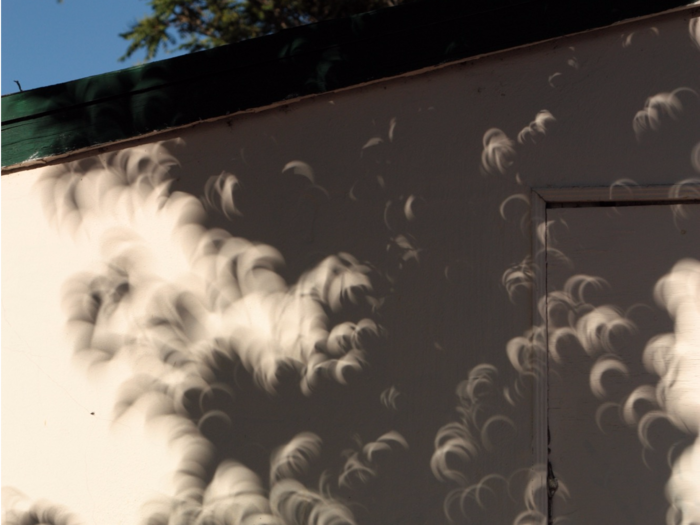
You must be desperate if you've read this far, and that's ok... Just go find a tree.
Specifically, find one in the open sun that has a good amount of leaves and shade, and locate blobs of sunlight that sharply filter through the leaves.
When the solar eclipse happens, keep your eyes peeled for the semicircles of sunlight as the eclipse reaches its maximum for your region — that's what the sun looks like, and is nature's equivalent of a pinhole camera. For extra clarity, lay down a piece of paper or light-colored cloth in the blobs of sunlight.
5. Solar filter for a camera or telescope

Warning: This method is not for amateurs, as just one careless moment can focus an ultra-bright ray of sunlight directly on your retina.
That said, if you have any device like a dSLR camera or telescope, you can order a special filter to pop onto the end of the lens or tube. Be sure to consult NASA's full list of reputable manufacturers, sellers, and brands.
A proper filter will remove most of the sunlight, allowing you to see a magnified view of the solar eclipse — and even take photos of the moon blocking the sun.
4. Binoculars pointed at paper
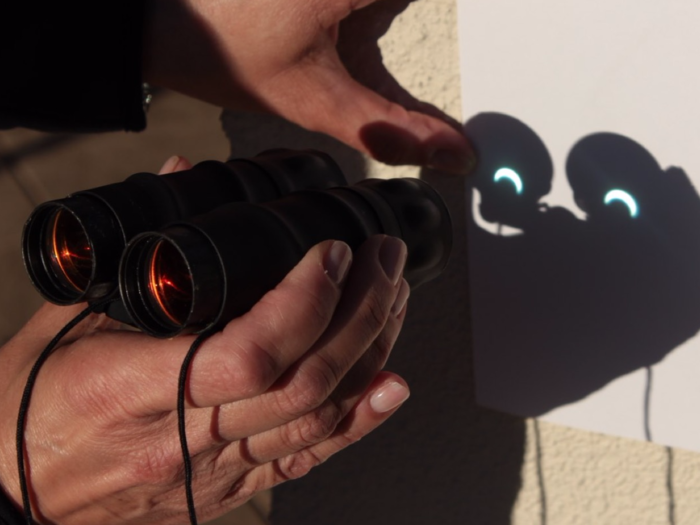
Never hold binoculars close or up to your eyes and look at the sun. That's a quick way to blind yourself.
However, you can repurpose a pair by turning them into mini projectors. Just grab a piece of paper, point the binocular's eyepieces toward it, and aim the other end at the sun.
It may help to adjust the binoculars' focal point so that it sharpens further back from the eyepieces; this will create a more crisp projection. (Binoculars usually have focus knobs directly on the eyepieces, but some have them in the central joint.)
3. Pinhole camera
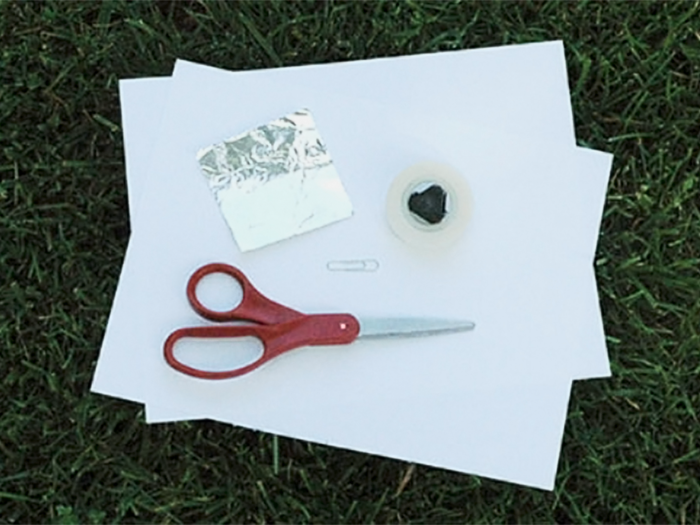
Pinhole cameras can get pretty advanced with boxes and tripods, but NASA's Jet Propulsion Laboratory has instructions for an incredibly simple version that you can build in a few minutes.
Grab some scissors, tin foil, a piece of thick card stock (or paper), tape, and a needle. Cut a hole in the middle of one sheet of card stock, tape the edges of a tin foil section over it, then carefully pierce the center of the foil with the needle — presto, you've made a pinhole camera. Hover your device over something white, ideally a piece of paper, and move it up and down until you figure out where the ideal focus point is.
But you don't even need to even build something. Any object with tiny holes that will let light through works. A kitchen strainer, for example — or just closing your fist to barely let a point of light through — can make for a proper pinhole camera.
2. Welder's glass rated shade-12 or higher
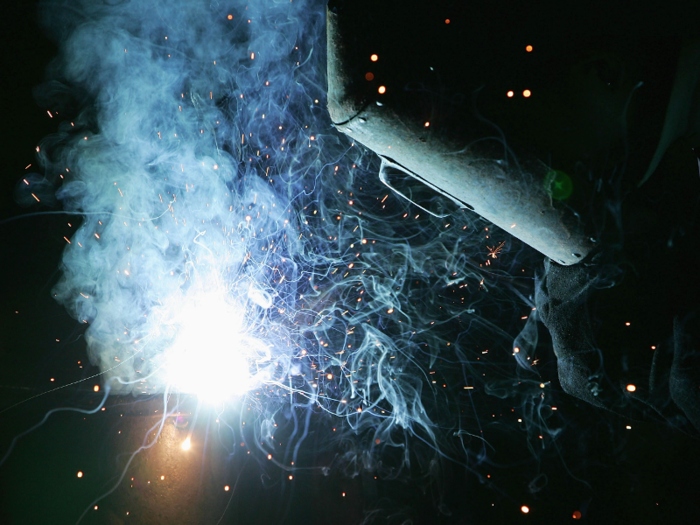
Day-in and day out, welder's glass is designed to protect a worker's eyes from bursts of UV light that acetylene torches give off. This can also make them great to look at the sun.
NASA recommends shades 12, 13, or 14, with shade 12 being the least-opaque of the three grades. "Many people find the Sun too bright even in a Shade 12 filter, and some find the Sun too dim in a Shade 14 filter — but Shade 13 filters are uncommon and can be hard to find," NASA wrote at its eclipse safety website.
But the space agency urges extra caution if you find and want to use an older welder's helmet or glass. "If it's less than 12 (and it probably is), don't even think about using it to look at the Sun," it said.
1. Solar glasses or viewers
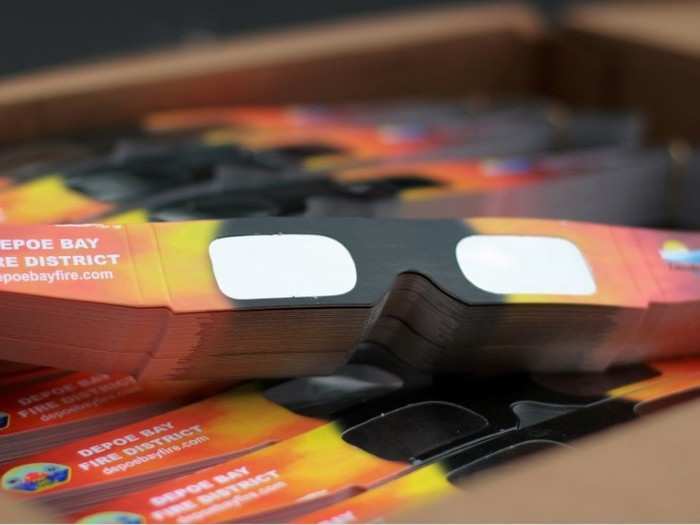
If you're just now reading this and hope to buy a pair of eclipse sunglasses, or a one-sheet viewer, you may be out of luck — many online retailers are selling out.
If you have a friend who's an astronomy buff, though, chances are high they'll have an extra pair collecting dust. You might also stop into your local library, astronomy club, or NASA event site and try to grab a free solar viewer.
NASA has also compiled a list of reputable manufacturers, sellers, and brands that meet strict standards — but beware of unscrupulous sellers pushing knock-off eclipse glasses to make a buck off desperate buyers. (If something seems fishy, it probably is.)
Popular Right Now
Advertisement